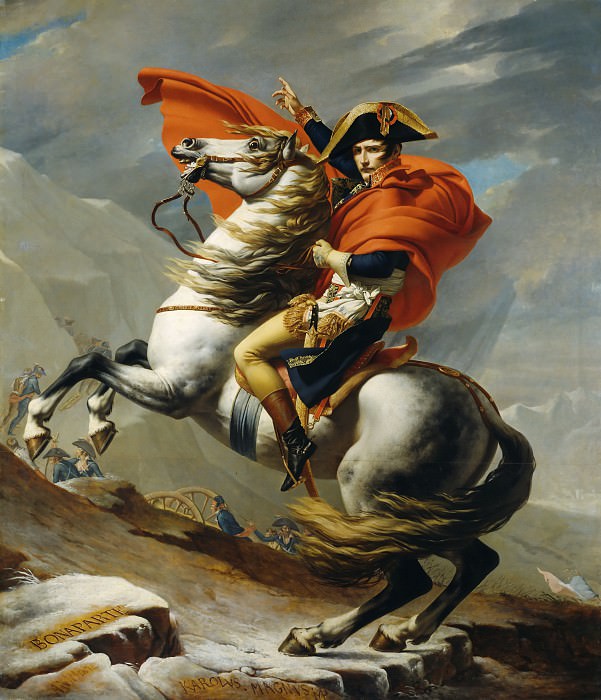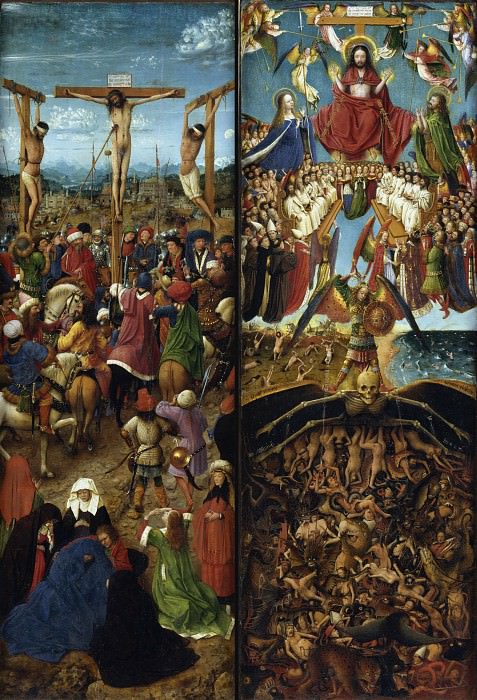Ukiyo-e Art: A Glimpse into Japan's Floating World
Introduction to Ukiyo-e
Ukiyo-e, which translates to "pictures of the floating world," is a genre of Japanese art that flourished from the 17th to the 19th centuries. It primarily features woodblock prints and paintings depicting a variety of subjects, including beautiful women, kabuki actors, sumo wrestlers, landscapes, scenes from history and folklore, travel scenes, and erotica. This art form offers a vivid window into the cultural and societal nuances of Japan during the Edo period.
Origins and Evolution
The origins of Ukiyo-e can be traced back to the early 1600s in the bustling city of Edo, now known as Tokyo. This period saw the rise of a new merchant class who sought entertainment and pleasure in the urban centers' teahouses, theaters, and brothels. These pleasure-seeking activities gave rise to the term "ukiyo," which originally meant "sad world" but evolved to signify a world of fleeting pleasures.
Early Ukiyo-e artists like Hishikawa Moronobu (1618-1694) began creating monochromatic prints using sumi ink. Over time, these prints evolved to include vibrant colors through a process called nishiki-e, or "brocade pictures," which involved multiple woodblocks for different colors. The Edo period's isolationist policies helped cultivate this unique art form, allowing it to thrive without significant Western influence.
Prominent Artists and Their Contributions
Ukiyo-e art is renowned for the contributions of several key artists who each brought their unique style and focus to the genre. Among the most celebrated are Kitagawa Utamaro, Katsushika Hokusai, and Utagawa Hiroshige.
Kitagawa Utamaro (1753-1806)
Utamaro is best known for his bijin-ga, or "pictures of beautiful women." His works often depicted courtesans and geisha from the pleasure quarters of Edo. Utamaro's ability to capture the subtleties of feminine beauty and his innovative use of perspective and composition made his prints highly popular. His series, "Ten Studies in Female Physiognomy," remains a quintessential example of his skill in portraying the nuances of female expression.
Katsushika Hokusai (1760-1849)
Hokusai's name is synonymous with Ukiyo-e, largely due to his iconic series "Thirty-Six Views of Mount Fuji," which includes the internationally renowned print "The Great Wave off Kanagawa." Hokusai's work extended beyond landscapes; he also produced prints depicting everyday life, flora and fauna, and supernatural beings. His influence extended to Western art, inspiring Impressionists and Post-Impressionists such as Claude Monet and Vincent van Gogh.
Utagawa Hiroshige (1797-1858)
Hiroshige is celebrated for his masterful landscape prints, particularly his series "The Fifty-Three Stations of the Tōkaidō," which captured the scenic beauty of the Tōkaidō road connecting Edo and Kyoto. His work is characterized by its poetic atmosphere and use of perspective, which often conveyed a sense of depth and movement. Hiroshige's prints provided a glimpse into the serene and transient beauty of Japan's natural landscape.
Techniques and Themes
The creation of Ukiyo-e involved several stages and a collaboration between artists, carvers, printers, and publishers. The process began with the artist's sketch, which was then carved into multiple woodblocks by skilled artisans. Each block represented a different color and was meticulously aligned to create the final image.
Key Themes in Ukiyo-e
The Floating World
Central to Ukiyo-e is the depiction of the "floating world," a term that captures the hedonistic lifestyle of Edo's pleasure districts. Prints often showcased the allure and elegance of courtesans and geisha, the dynamic performances of kabuki actors, and the strength and skill of sumo wrestlers. These subjects catered to the tastes of the urban middle class, who were the primary consumers of Ukiyo-e.
Landscapes and Nature
Landscapes became a prominent theme in the 19th century, reflecting a growing appreciation for Japan's natural beauty. Artists like Hokusai and Hiroshige captured iconic sites and seasonal changes, creating a sense of nostalgia and serenity. These prints not only depicted famous locations but also illustrated the harmonious relationship between humans and nature.
Mythology and Folklore
Ukiyo-e artists also drew inspiration from Japanese mythology and folklore. Prints often featured legendary heroes, supernatural beings, and dramatic scenes from historical events. These works provided a visual narrative that connected viewers to Japan's rich cultural heritage.
Influence and Legacy
The influence of Ukiyo-e extends far beyond Japan, leaving an indelible mark on the art world. During the late 19th century, Japan opened its borders to the West, leading to a fascination with Japanese art and culture known as Japonisme. Ukiyo-e prints, with their bold compositions and vibrant colors, captivated Western artists and collectors.
Impact on Western Art
The aesthetic principles of Ukiyo-e, such as flat planes of color, asymmetrical compositions, and emphasis on line, influenced the development of various art movements in Europe. Impressionist and Post-Impressionist artists, including Monet, Degas, and van Gogh, incorporated these elements into their work. Van Gogh, in particular, was deeply inspired by Ukiyo-e, and his use of bright colors and strong outlines can be traced back to his admiration for Japanese prints.
Modern Interpretations
Today, Ukiyo-e continues to inspire contemporary artists and designers. Its influence can be seen in various forms of media, including graphic design, animation, and fashion. The timeless appeal of Ukiyo-e lies in its ability to capture the fleeting beauty of life and its harmonious blend of artistry and craftsmanship.
Collecting and Preserving Ukiyo-e
The appreciation and collection of Ukiyo-e have grown significantly over the years. These prints are now highly valued in art markets and are preserved in museums and private collections worldwide. Institutions such as the Tokyo National Museum, the British Museum, and the Metropolitan Museum of Art house extensive collections of Ukiyo-e, ensuring that this unique art form continues to be studied and appreciated.
Challenges in Preservation
Preserving Ukiyo-e presents several challenges due to the fragile nature of the materials used. The paper and pigments can deteriorate over time, requiring careful handling and storage. Advances in conservation techniques have helped mitigate some of these issues, allowing future generations to enjoy these cultural treasures.
Conclusion
Ukiyo-e is a testament to the artistic and cultural vibrancy of Japan during the Edo period. Its enduring appeal lies in its ability to capture the essence of a world that was both ephemeral and timeless. From its origins in the pleasure districts of Edo to its profound influence on Western art, Ukiyo-e remains a significant and beloved chapter in the history of art. Through the continued appreciation and preservation of these prints, the floating world of Ukiyo-e continues to enchant and inspire.



